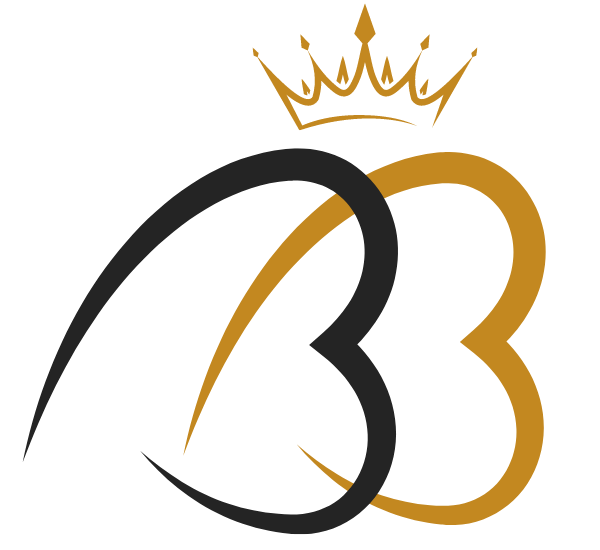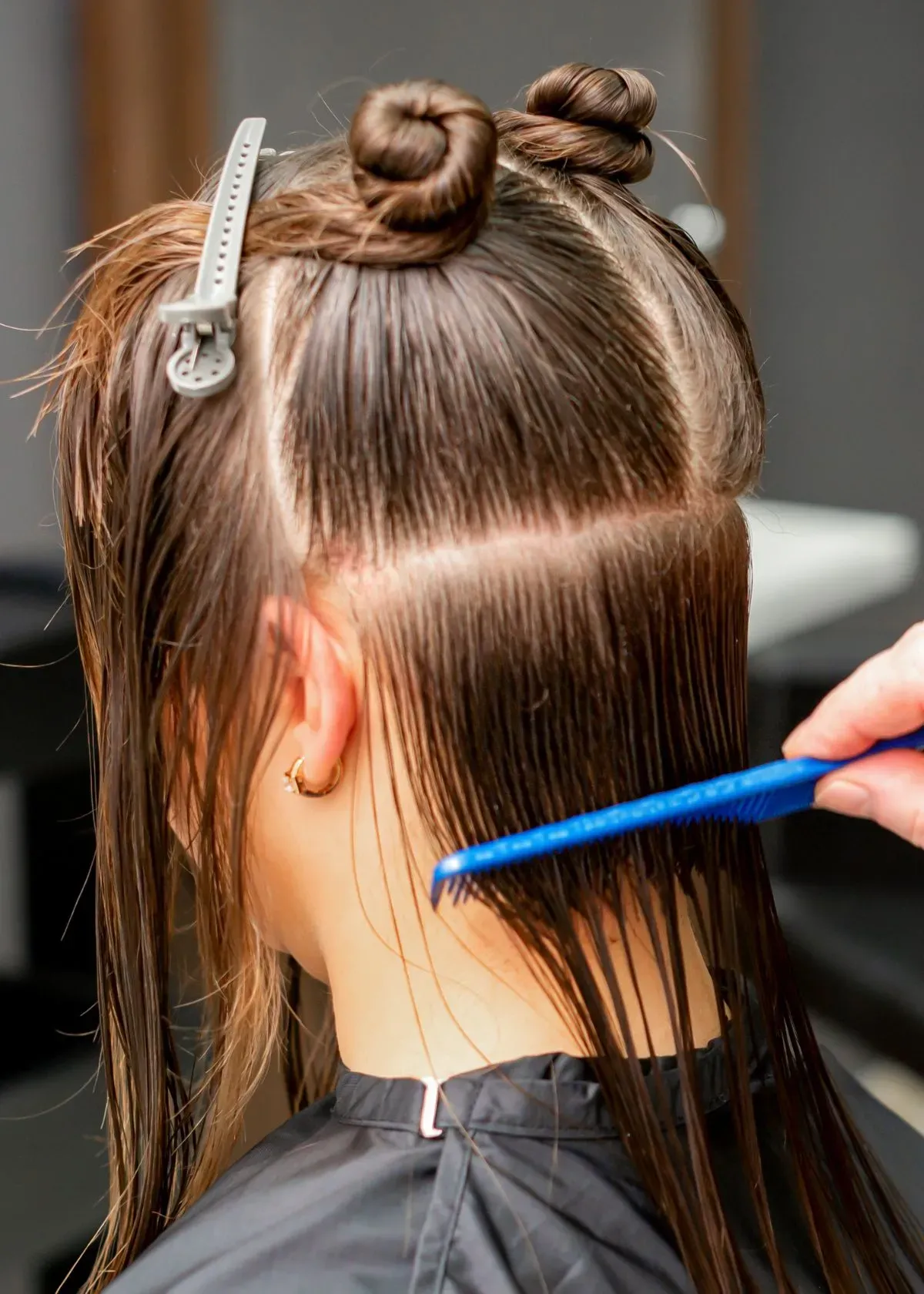Are you pondering whether it's okay to put bleach on your wet hair? Well, you're in the right place to find out! In this friendly and informative guide, we'll dive into the nitty-gritty of bleaching wet hair. It's a topic that has stirred up quite a bit of curiosity and, let's be honest, a bit of confusion, too.
Bleaching hair is a popular way to lighten or change its color, but it's not without its challenges. Now, you might have heard mixed opinions about bleaching wet hair – is it safe? Does it work as well as on dry hair?
Let's take a complete look at wet bleaching and hair coloring technique afterward with minimum scalp irritation or damage to hair strands.
- You can bleach wet hair, but it requires careful consideration of the hair's condition and the quality of the bleaching product.
- While bleaching wet hair can be less damaging due to diluted bleach, it also makes hair more prone to breakage. The weakened state of wet hair necessitates careful handling.
- Pre-bleaching care, including nourishing treatments and using a clarifying shampoo, is vital for minimizing potential damage.
- Applying bleach evenly on damp hair and monitoring the process closely are key to achieving the desired results without over-processing.
- Post-bleaching care, such as using a hair toner, protecting hair from the sun, and deep conditioning, helps maintain hair health.
- Due to varying opinions among haircare professionals, it's advised to consult with an expert, especially if you're new to bleaching or have specific hair concerns.
Is Bleaching Wet Hair Safe: Exploring The Possibilities
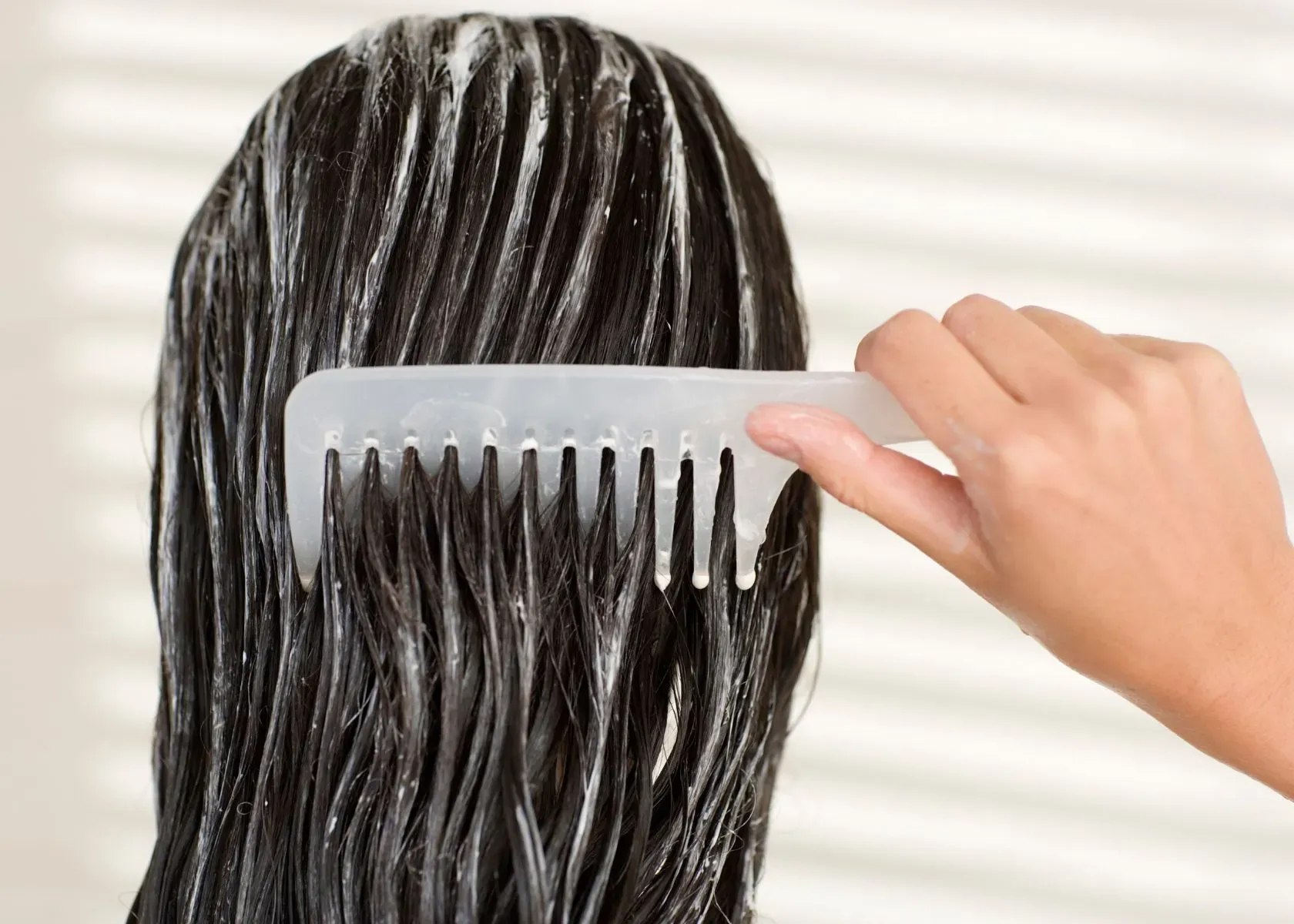
Bleaching wet hair might sound like a simple tweak to your regular hair-lightening routine, but it's a bit more complex than that. It's true that this method can lead to a more subtle lightening effect, which might be less harsh on your locks compared to bleaching dry hair. This could be a bonus if you're aiming for a gentle lift in color rather than a dramatic change.
However, it's crucial to remember that wet hair is more vulnerable. When your hair is wet, it's weaker and more prone to damage.
Adding bleach into the mix can increase the risk of breakage and other types of harm. This doesn't mean you should never bleach freshly washed hair, but it's important to weigh these pros and cons carefully. Experts suggest considering the overall health and condition of your hair before deciding.
How To Mitigate Potential Harm?
If you do decide to go ahead with bleaching wet hair, there are ways to reduce the risks. Using high-quality bleaching products and following the instructions precisely are key steps. Conditioning your hair before bleaching can also help protect it, as it strengthens the hair cuticle.
Another tip is to keep a close eye on your hair during the bleaching process. Since wet hair is more susceptible to damage, it's crucial to monitor the change in color and rinse out the bleach as soon as you achieve the desired shade. This helps prevent over-processing, which is a common issue with wet hair bleaching.
What The Experts Say?
Haircare professionals have varied opinions on applying bleach to wet hair. While some see it as a viable option with the right precautions, others advise against it due to the increased risk of damage.
It's always a good idea to consult with a hairstylist or a hair expert, especially if you're new to bleaching or have concerns about your hair type. They can offer personalized advice and guide you through the process safely.
Alternatives To Bleaching Wet Hair
If you're not sure about bleaching wet hair, there are other ways to lighten your locks without taking this risk. Consider bleaching dry hair, which is generally seen as a safer option. Or, explore gentler hair coloring techniques like highlights or balayage.
These methods can give you a lighter, more natural-looking color without the need for full-head bleaching, and they are often better suited for certain hair types.
In summary, while it's possible to bleach wet hair, doing so requires careful consideration and preparation. Be sure to understand the risks and take steps to protect your hair. And when in doubt, seek advice from a professional to ensure the best outcome for your hair health and appearance.
Pre-Bleaching Care Tips For Wet Hair
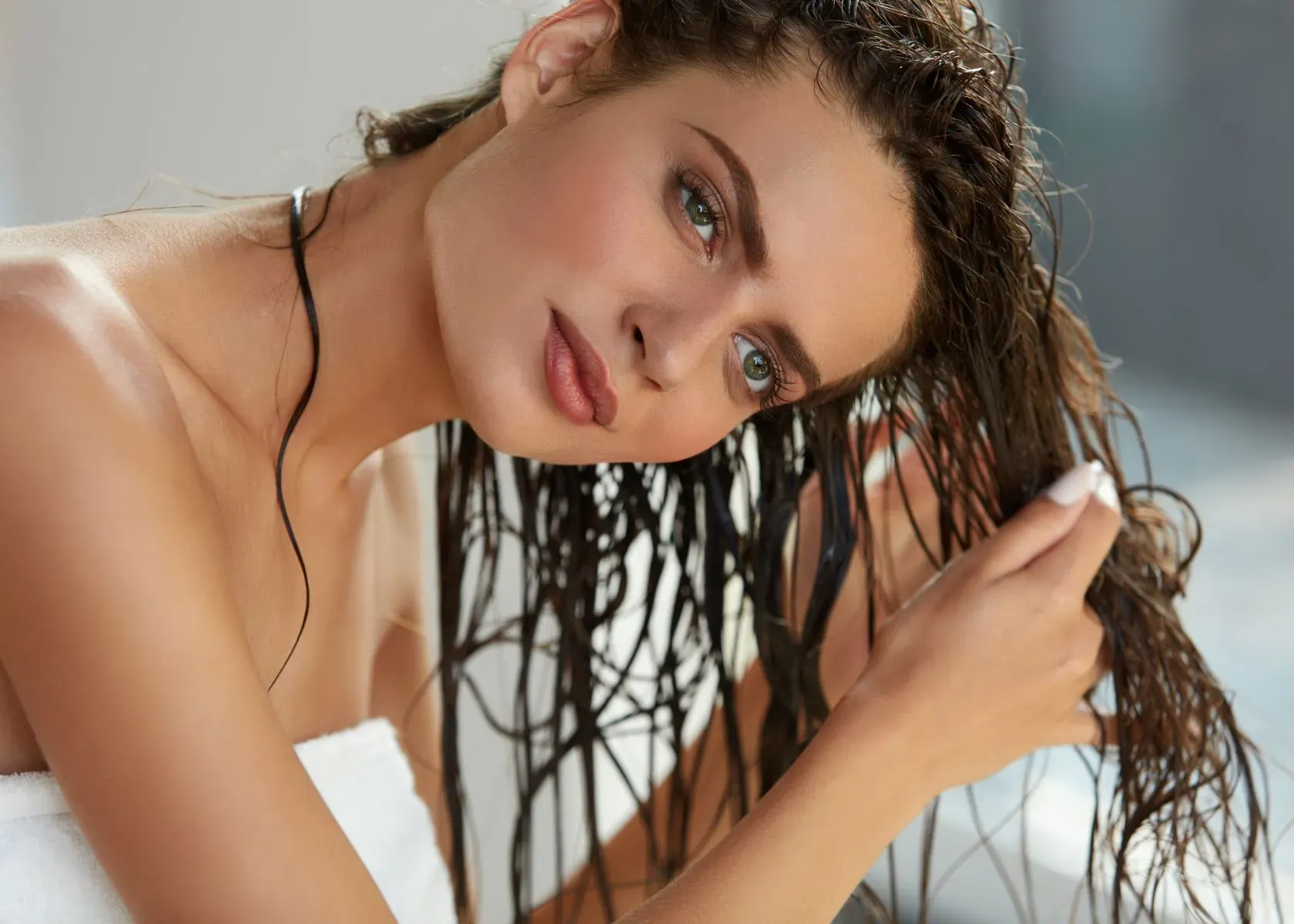
Preparing your hair for bleaching is like getting ready for a big event - you want everything to be just right.
Here are some easy-to-follow, pre-bleaching care tips to ensure your hair is in the best shape for the process. These steps can make a significant difference in the final outcome and the health of your hair.
- Deep Conditioning: A week or so before bleaching, give your hair some extra love with deep conditioning treatments. Using hydrating masks or hair's natural oils can significantly improve your hair's strength and resilience. This step is crucial, especially for wet hair bleaching, as your hair's structure can be more susceptible to damage.
- Healthy Diet: Don't forget, what you eat also impacts your hair health. Include plenty of vitamins and minerals in your diet to naturally strengthen your hair.
- Use a Gentle Shampoo: Clean hair can help the bleach work more effectively. A couple of days before bleaching, wash your hair with a gentle, clarifying shampoo. This removes residue while keeping your hair ready for treatment. But remember, avoid washing your hair just before bleaching - natural oils can protect your scalp and hair during the process.
- Gentle Detangling: Before you bleach, gently brush and detangle your hair. This ensures even application of the bleach and prevents damage caused by tangles and snags. Wet hair is more fragile, so be extra gentle.
- Section Your Hair: Sectioning helps in even application. Divide your hair into manageable sections so that you can apply bleach uniformly to each part.
- Do a Patch Test: This is a must-do! Apply bleach to a small section of your hair, preferably underneath, where it's less visible. This test will give you an idea of how your hair reacts to the bleach and the time needed to achieve the desired color.
- Choose High-Quality Products: Investing in good-quality bleaching and hair care products can make a world of difference. They help protect your hair during the bleaching process and contribute to better overall results.
Remember, the better you prepare your wet or dry hair for bleaching, the happier you'll be with the outcome. It's all about giving your hair the care and attention it needs before taking the plunge.
And, as always, if you're unsure or doing this for the first time, consider seeking advice from a hair care professional. They can provide tailored recommendations for your hair type and bleaching goals.
Step-By-Step Guide To Safely Bleach Wet Hair
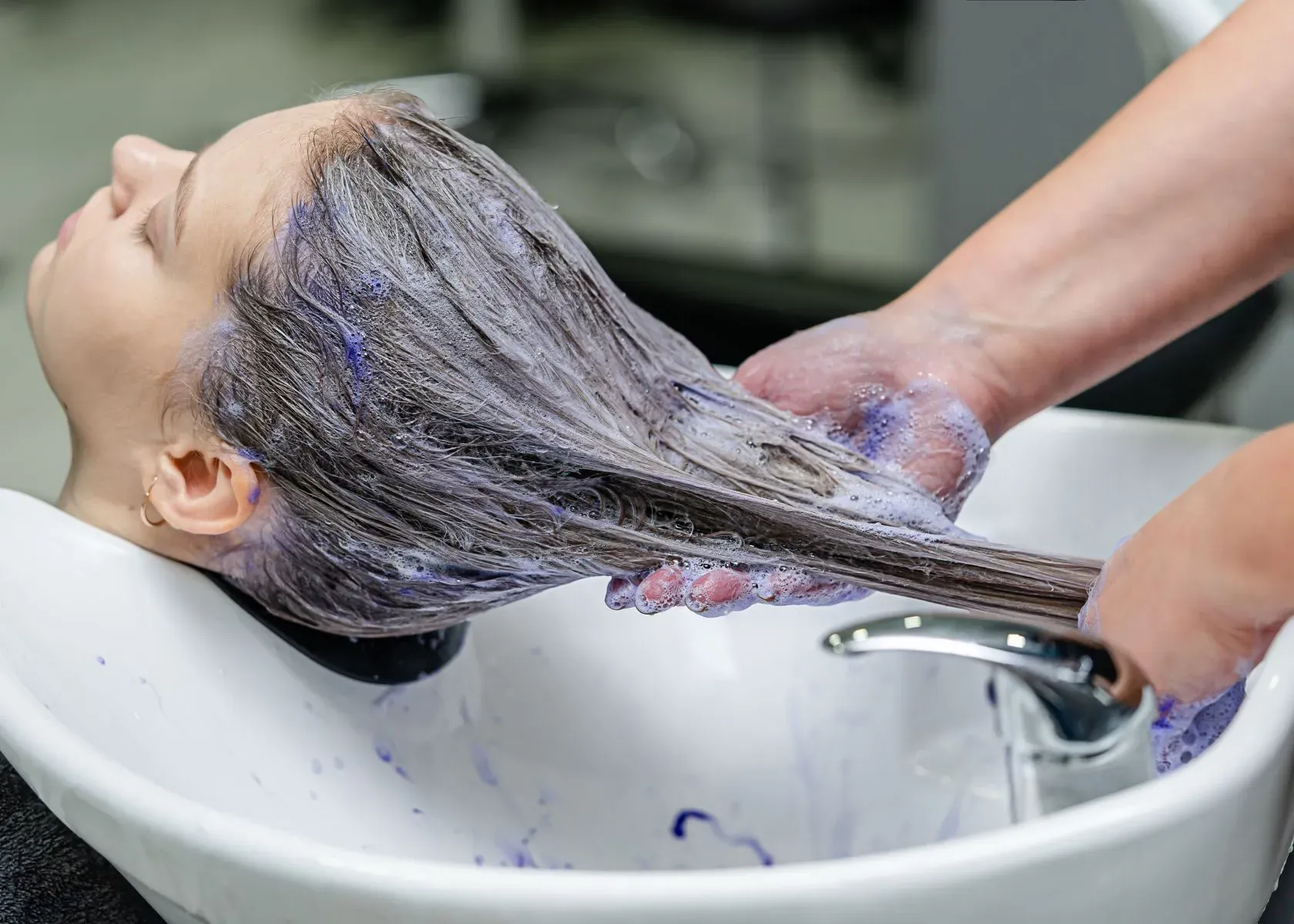
Getting ready to bleach your wet hair? Here's a step-by-step guide to doing it safely and effectively. Each step is important, so let's walk through them one by one.
Step 1: Preparing The Bleaching Mixture
Start by mixing your bleaching compound accurately. Ensure you have the right ratio of bleach to developer to avoid unnecessary hair damage and achieve a consistent result. It's like baking a cake - the right proportions are key to success!
Step 2: Dampening Your Hair
Your hair should be damp but not soaking wet. This step is crucial because too much water can dilute the bleach excessively, while too little may not soften the hair enough for the bleach to work properly. Aim for a consistent dampness throughout your hair.
Step 3: Applying The Bleach
Apply the bleach evenly to each section of your hair. Be thorough but gentle. Since your hair is damp, it's more vulnerable, so a gentle touch is essential to prevent breakage. Think of it as painting a delicate canvas - every stroke matters.
Step 4: Monitoring The Process
Timing is crucial when bleaching wet hair. Leave the bleach in for the recommended duration, but not longer, to avoid over-processing. Regularly check the color change and rinse the bleach out as soon as you achieve your desired shade.
Step 5: Rinsing Out The Bleach
Once you reach the desired color, rinse your hair thoroughly with lukewarm water. Make sure all the bleach is out, as any residue left in your hair can continue to process and cause damage.
Bleaching your wet hair can be a bit of an adventure, but with the right approach, you can achieve beautiful results.
Just remember to take it slow, be gentle, and give your hair the care it needs before, during, and after the process. If you're ever in doubt, a professional hairstylist can always lend a helping hand and provide expert advice tailored to your hair needs.
Post-Bleaching Hair Care
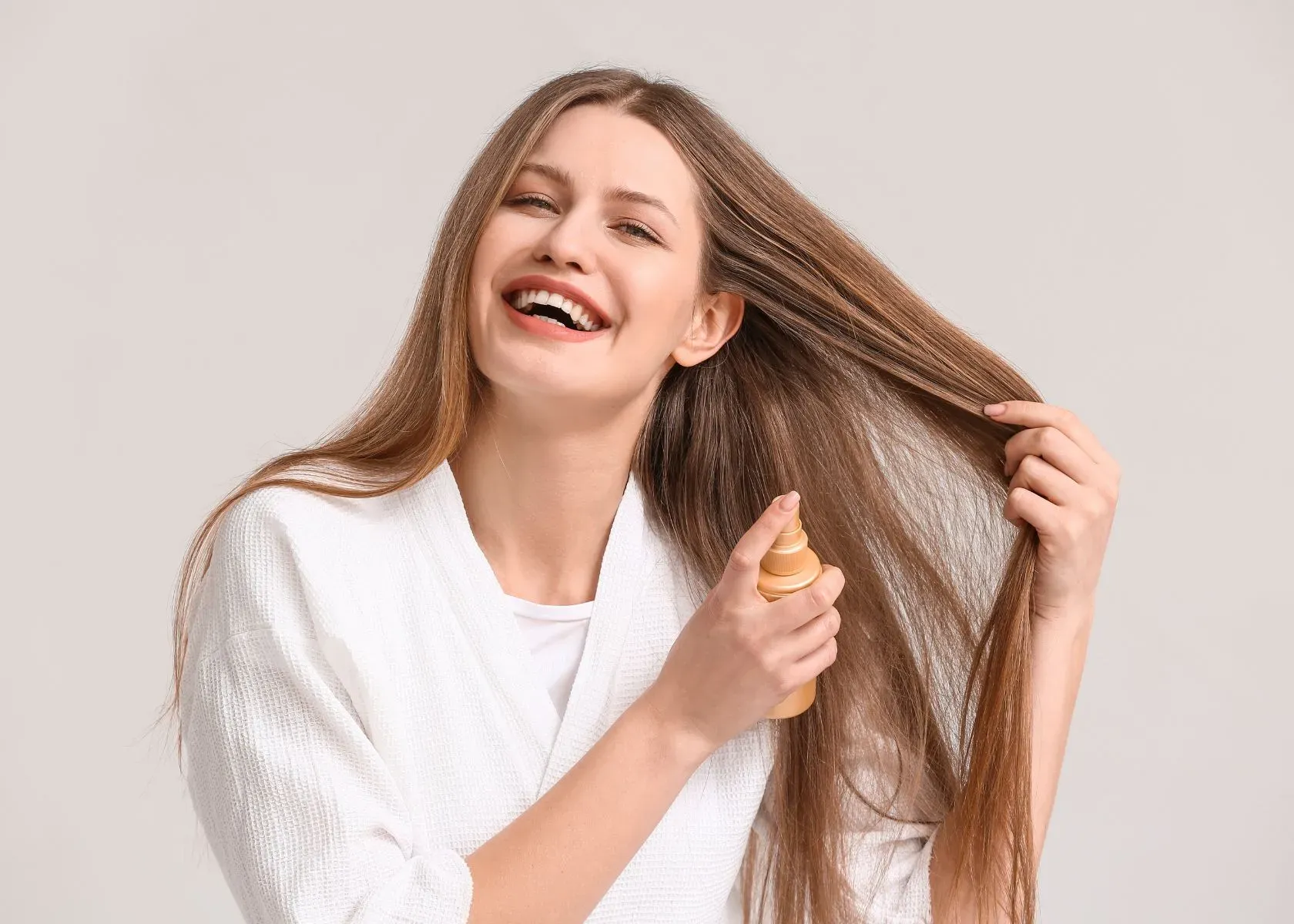
Now, let's talk about keeping it healthy and gorgeous. Here are some key post-bleaching care tips to help your hair stay strong and shiny.
- Prevent Brassy Tones: A hair toner is your best friend post-bleaching. It helps to neutralize any yellow or brassy tones and maintains the color you love. Imagine it as a color corrector that brings out the best in your bleached hair.
- Use Sun Protection: Just like your skin, your hair needs protection from the sun. Wear a hat or scarf, or use hair sprays with SPF when stepping out. This helps prevent your color from fading and keeps your hair from drying out.
- Weekly Treatments: Make deep conditioning a weekly ritual. You can use a store-bought hair mask or homemade treatments like an avocado mask. This step is like giving your hair a weekly spa treatment, rejuvenating and strengthening it.
- Bleach-Friendly Products: Use shampoos, conditioners, and other hair products specially formulated for bleached hair. They're gentler and help maintain your hair's health and color.
- Avoid Excessive Heat: Try to minimize heat styling. If you must use a hairdryer, opt for a cool setting. This reduces the risk of further damage and dryness to your bleached hair.
- Trim Split Ends: Regular trims help get rid of split ends and keep your hair looking neat and healthy. Think of it as pruning a plant for better growth.
- Restore Shine: Light hair oils like argan oil can bring back the shine to your bleached hair. It's like adding a natural gloss for a healthy-looking sheen.
- Stay Away from Chlorinated Pools: Chlorine can be harsh on bleached hair, leading to dryness and frizz. If you're a swimmer, consider wearing a swimming cap to protect your hair.
- Avoid Tight Hairstyles: Go easy with hair ties. Tight hairstyles can cause breakage, especially on bleached hair. Instead, opt for loose, gentle styles.
Taking care of bleached hair requires a bit of extra effort, but it's well worth it. By following these tips, you'll help your hair stay healthy, vibrant, and beautiful.
As always, if you have any concerns or need personalized advice, don't hesitate to consult a hair care professional. They can provide tailored recommendations to suit your specific hair needs.
Benefits and Drawbacks of Bleaching Wet Hair

Deciding whether to bleach your hair when it's wet is a big decision. To help you out, let's break down the benefits and drawbacks of this method. Understanding these points can guide you to make the best choice for your hair.
Benefits
- Quick Hair Lightening: If you're short on time and can't spend hours at the salon, bleaching wet hair is a faster alternative. It speeds up the process, making it a convenient choice for busy bees.
- Subtle Color Change: When you bleach wet hair, the results tend to be softer and more understated. This is great if you want a slight lift in color without going too dramatic.
- Frizz Control: Wet hair bleaching can be gentler on your hair's cortex and cuticle. This means your hair is less likely to dry out and turn frizzy, keeping it smoother post-treatment.
- Brighter Hair Ends: Looking for a trendy touch? Bleaching the ends of wet hair can give you lighter or brighter tips, a stylish look that's quite popular this year.
Drawbacks
- Uneven Color: One of the biggest risks of bleaching wet hair is patchy results. Since the bleach can dilute unevenly on wet hair, you might end up with inconsistent coloring.
- Reduced Potency: When hair is wet, bleach may become less potent. This could mean the bleach doesn’t lift the color from your hair as effectively as it would on dry hair.
- Increased Hair Damage: Wet hair is more fragile, and combining it with bleach can weaken the hair structure further. This makes your hair more prone to breakage and other types of damage.
- Complex Timing: Getting the timing right is crucial with wet hair. Leave the bleach on for too long, and you risk damage; too short, and you might not achieve the desired lightness.
Can I Put Bleach on Wet Hair - FAQs
As we explore the world of bleaching damp hair, numerous questions might pop up in your mind. Is it safe? Can it be done at home? What about aftercare? To help you navigate through these queries, we've compiled a list of Frequently Asked Questions (FAQs) related to bleaching wet hair.
Can I bleach wet hair without professional help?
Yes, you can bleach damp hair at home if you're confident in your bleaching skills. However, professionals often recommend against using bleach for hair coloring at home due to the risks involved. If unsure, it's better to seek professional help.
Can I bleach hair after washing it?
It's not recommended to bleach hair immediately after washing. Washing strips away the natural oils that serve as a protective barrier, making the scalp and hair more prone to damage and irritation. Professionals usually dampen the hair with a spray before bleaching instead of washing it.
Can I apply toner to wet hair after bleaching?
It's advised to avoid applying toner to excessively wet hair immediately after bleaching. Instead, towel dry your hair to the right level of dampness before applying toner. This helps prevent uneven results and ensures the toner's effectiveness.
Can I bleach hair with coconut oil in it?
Yes, applying coconut oil to your hair before bleaching can protect it from the bleaching process. It's best to apply the oil the night before bleaching.
Can I bleach hair twice?
While it's possible to bleach hair twice, it's recommended to wait at least two weeks between bleaching sessions. Repeated bleaching can weaken the hair, making it prone to breakage and dryness. Depending on your original hair color, achieving a lighter shade may require patience and multiple sessions.
Conclusion
Bleaching wet hair is a nuanced process with both benefits and challenges. While it can lead to quicker lightening and softer color results, it also poses risks like uneven color and increased hair damage. It's essential to understand these aspects and take necessary precautions, such as using quality products and following proper techniques.
For personalized advice and safety, consulting a hair care professional is always a wise choice. Remember, the health and integrity of your hair should be the priority in any hair transformation journey.
References
- Robbins, C. R. (2002). Bleaching human hair. Chemical and Physical Behavior of Human Hair, 153-192.
- Wortmann, F. J., Quadflieg, J. M., & Wortmann, G. (2022). Comparing hair tensile testing in the wet and the dry state: Possibilities and limitations for detecting changes of hair properties due to chemical and physical treatments. International Journal of Cosmetic Science, 44(4), 421-430.
Read More About Bleaching Your Hair

